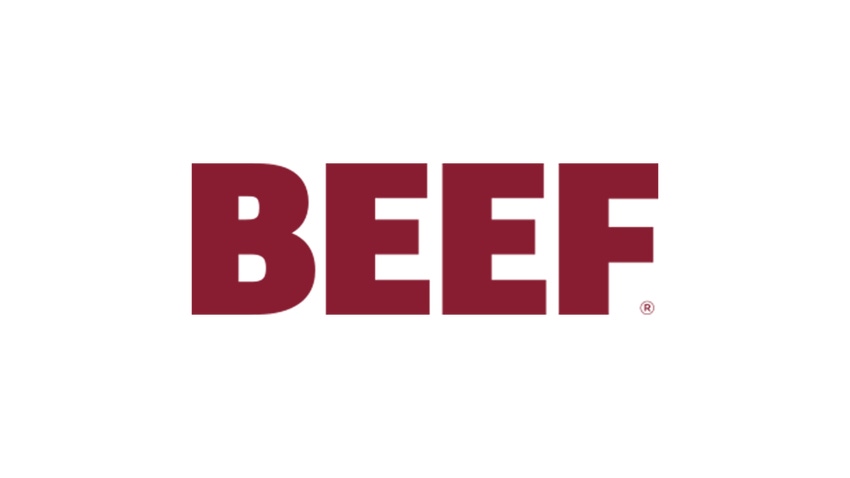Testing the forages is the key, along with diluting them and allowing livestock to be selective.

Hay and forages after last summer’s extreme drought come at a premium price and are of great value, especially with winter storms that piled snow on top of potential winter grazing resources.
After a snowy winter in parts of the Great Plains, producers might be digging into their feed piles and notice spoilage or mold. Molds can occur any time of the year, and the risk of problems can show up early or late in the year as well.
“In hay, excess dust can be a sign of mold spores, and can actually cause respiratory issues in humans and livestock,” says Ben Beckman, Nebraska Extension beef systems assistant educator. “Alternatively, anything that is overly wet or slimy should be suspect as well. Off colors should be noted. Black and white molds are pretty common and should be noted, but may not be a cause for concern in low amounts.”
Mycotoxin-creating molds can sometimes be pink, blue or green, but also black, gray or white as well, Beckman says. He recommends testing if there are any off colors.
“But just because the mold isn’t a strange color, it doesn’t mean that it isn’t a problem,” he adds. “We all know what cured hay smells like, so if it smells off, that is another sign we may want to test.”
For silage, all of the same rules apply. Just like with hay, properly cured silage has a distinct smell, so if it smells sour — like ammonia, or off in any other way — be sure to test it.
Feeding options
Here are some tips for using forages that may have some spoilage or mold issues:
Test it. If a producer tests the forages in question, they know what they are dealing with.
“Some mycotoxins produced by mold can cause issues at very low levels,” Beckman says. “If you are feeding risky feeds to animals, feed the ones that are less susceptible, like dry cows, versus growing animals, calves or pregnant or lactating cows.”
Dilute it. “Dilute the feed in the diet, so levels of intake are low,” Beckman adds.
Give livestock options. “Give the animals the option to be picky,” Beckman says. “Grinding a feed and feeding in a ration reduces the animal’s ability to select higher-quality forage and leave the rest. This is especially true for hay.
“If we have hay that we don’t think is too high of a risk, rolling it out and letting animals self-select while providing an alternative feed option can be a good route to use the good portion, and the rest can become a soil amendment.”
Testing is cheap
“We can make guesses at quality by visual assessment, but even if a forage isn’t moldy, changes in quality from year to year can be quite big and don’t always show up as something we can assess visually,” Beckman advises. “Basic hay tests are cheap, at less than $30, and can easily help inform a feed plan or ration and pay for that cost on day one. Many Extension offices have a hay probe to loan out if a producer needs one. They just need to call and ask.”
Mold and yeast counts cost more, and mycotoxin tests can be expensive, Beckman says, so the best option is to prevent issues in the first place so testing isn’t necessary.
Learn more from the UNL BeefWatch article by Mary Drewnoski, Nebraska Extension beef systems specialist, at beef.unl.edu.
About the Author(s)
You May Also Like





